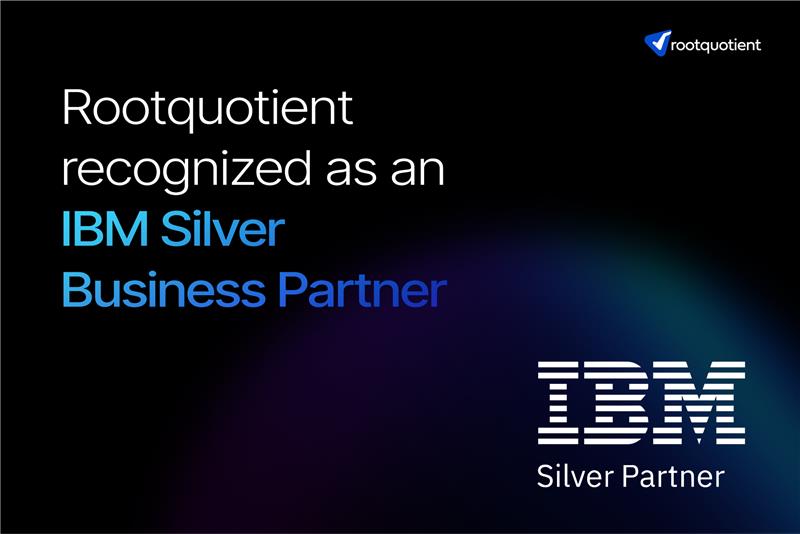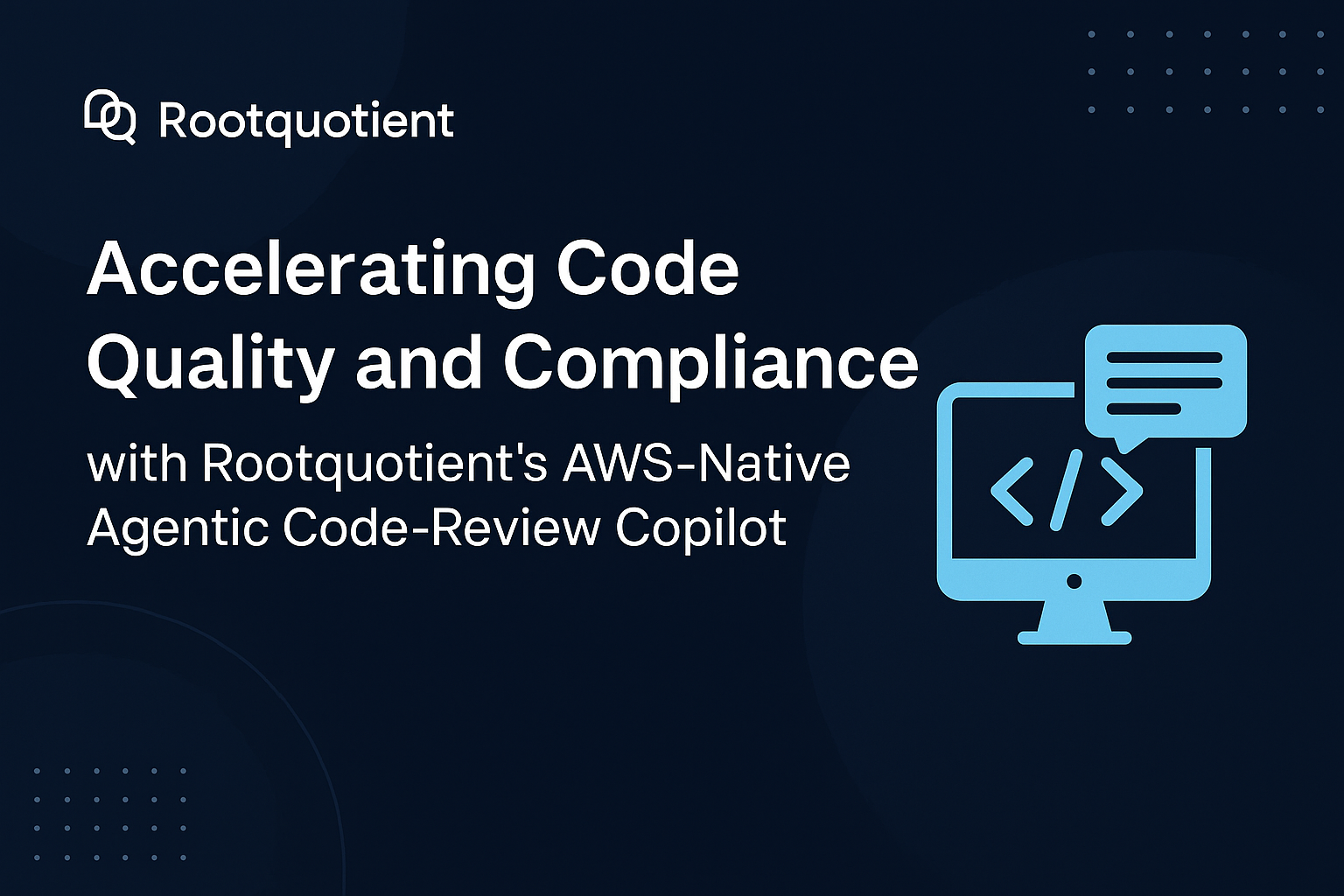

De-risking Product Investments for Sustained Success
Uncover Risks. Validate Potential.
Drive Confidence
Ensuring uninterrupted performance for mission-critical products
Validating and improving user adoption for scalable products.
Identifying and mitigating risks before costly investments.
Reduce Technical Debt with Our Holistic Evaluation
Technology Audit
Review of system architecture, code quality, scalability, and maintainability.
Market Readiness Analysis
Assessing market positioning, competitive landscape, and user adoption viability.
Risk Identification & Mitigation
Surface technical, operational, and strategic risks before they become barriers to growth.
Security & Compliance Checks
Identifying critical vulnerabilities and ensuring alignment with industry standards.
Review of system architecture, code quality, scalability, and maintainability.
Assessing market positioning, competitive landscape, and user adoption viability.
Surface technical, operational, and strategic risks before they become barriers to growth.
Identifying critical vulnerabilities and ensuring alignment with industry standards.

Discovery & Alignment
We start by understanding your business goals, product vision, and growth objectives to align evaluation focus areas.
Technical Due Diligence
We assess system architecture, codebase integrity, scalability, maintainability, and potential technical debt.
Market Fit & Readiness Assessment
We validate product-market fit, competitive positioning, user adoption signals, and overall scalability potential.
Risk Analysis & Recommendations
We surface hidden risks, map vulnerabilities, and provide actionable guidance to de-risk growth initiatives and product investments
Behavior-First Evaluation for Product Readiness
Discovery & Alignment
We start by understanding your business goals, product vision, and growth objectives to align evaluation focus areas.
Technical Due Diligence
We assess system architecture, codebase integrity, scalability, maintainability, and potential technical debt.
Market Fit & Readiness Assessment
We validate product-market fit, competitive positioning, user adoption signals, and overall scalability potential.
Risk Analysis & Recommendations
We surface hidden risks, map vulnerabilities, and provide actionable guidance to de-risk growth initiatives and product investments
Areas We De-Risk in Product Due Diligence
Architecture Resilience

Codebase Integrity

Scalability Readiness

Adoption & Usage Signals

Strategic Risk Exposure

Resilience

Evaluating system design for scalability, security, and fault tolerance under real-world demands.
Integrity

Testing the products ability to handle user growth ,ecosystem integrations, and infrastructure expansion
Readiness

Testing the product’s ability to handle user growth ,ecosystem integrations, and infrastructure expansion
Usage Signals

Analyzing real user behavior to validate product-market fit and uncover adoption gaps.
Exposure


Loyalty program integration for Shopify
Reliable Healthcare Solutions
Delivering uninterrupted performance and reliability for mission-critical healthcare products that improve patient outcomes and operational efficiency.

Ensuring uninterrupted performance for mission-critical products
Ensuring uninterrupted performance for mission-critical products
Ensuring uninterrupted performance for mission-critical products
Ensuring uninterrupted performance for mission-critical products
Ensuring uninterrupted performance for mission-critical products
What is included in a product due diligence assessment?
Our product due diligence covers software architecture scalability evaluation, technical debt assessment, GDPR, ISO, PCI compliance audits, and advanced analytics capabilities review. We also examine microservices vs monolithic architecture suitability, perform vulnerability management and security protocol reviews, and assess usability and accessibility compliance to ensure your product is scalable, secure, and market-ready.
When should a product undergo due diligence?
Product due diligence is critical before mergers and acquisitions in tech, pre-investment evaluations, market expansion, or major platform modernization efforts. It is also essential when assessing legacy system compliance, verifying product scalability and performance readiness, or ensuring security compliance for government software and healthcare applications.
How do you evaluate scalability and architecture readiness?
We assess product scalability checks for edtech solutions, manufacturing systems, and SaaS platforms by analyzing system architecture, load capacity, and performance under projected growth scenarios. This includes reviewing microservices vs monolithic architecture choices, identifying scaling bottlenecks, and validating cloud-native readiness for long-term product stability.
How do you handle security and compliance reviews?
Our security and compliance audits cover data privacy and protection standards, GDPR, ISO, and PCI compliance, and vulnerability management. We ensure your security controls meet industry-specific compliance benchmarks for fintech, healthcare, and government applications, mitigating risks before they impact adoption or investment
How do you assess code quality and maintainability?
We conduct codebase audits for eCommerce platforms, SaaS products, and other domains to review maintainability and code quality standards, adherence to best practices, and alignment with development methodology evaluation (Agile, Scrum, etc.). We identify technical debt, measure technical KPIs for risk mitigation, and provide clear recommendations for improving long-term maintainability.
Do you provide recommendations after the assessment?
Yes. We compile a risk register with identified issues, impact severity, and mitigation strategies. Our customized due diligence reports include a product roadmap alignment analysis, development process optimization suggestions, and modernization strategies for outdated or non-compliant systems. These insights are actionable, allowing you to make confident product investment and scaling decisions.







